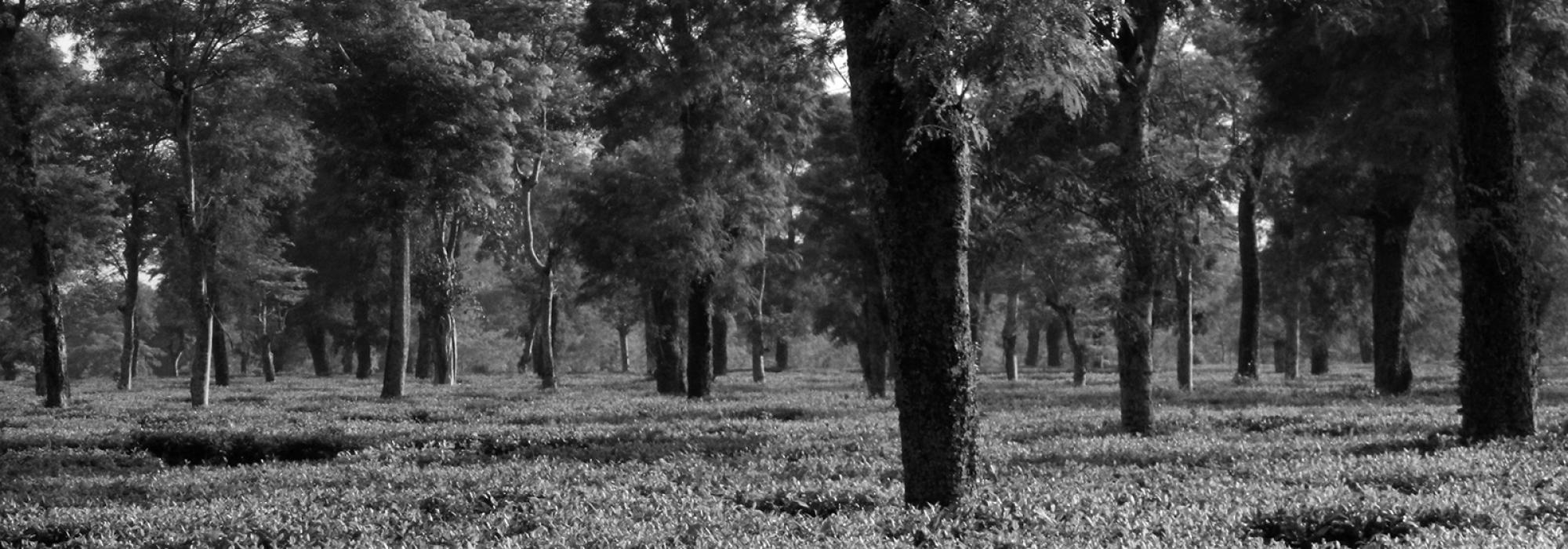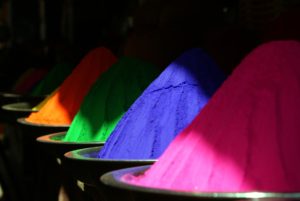Yugadi, also called Ugadi, is a well-known festival in India. Though it is often considered as a South Indian festival, textual evidences and local practices clearly indicate that it has a pan-Indian perspective. ‘युग’ in Sanskrit means ‘an era’. It also has many more meanings like ‘a couple’, ‘unit of time’, ‘yoke’, ‘age’, ‘generation’ and ‘lifespan’. ‘उग’ means ‘star’ or a glowing celestial body. Yugadi or Ugadi means the beginning of these. i.e, start of a year or in general a unit of time.
As we are well aware of the seasonal changes and their unfailing influence on human beings, the yearly calendar naturally has to depend upon the cycle of the seasons. No traditional country or ancient culture celebrates winter, for it is the time to withdraw. It is the spring that breathes fresh air into the nature, starting from plants, animals and birds to humans. Therefore, it is quite natural that spring became the symbol of New Year’s beginning. Whatever may be the nature of calendars and their divisions like months, weeks and days, spring became the first step of the year. Like in the west, in India too we have several calendars such as the solar (सौरमान), lunar (चान्द्रमान), stellar (नक्षत्र) and many more.
Even in the lunar calendar, the beginning of the month may occur either from the New Moon day or the Full moon day. Due to these differences in the calendar, the day of Yugadi may change from place to place and sub-culture to sub-culture. But the philosophy of this festival remains the same. That is why we have ‘सौरमान युगादि’ (prevalent in Kerala, Tamil Nadu, Bengal, Punjab, many parts of coastal India and Nepal), ‘चान्द्रमान युगादि’ (observed mainly in Karnataka and Andhra Pradesh/Telangana), ‘बैशाख’ (mainly observed in North India), 'वसन्त-पञ्चमी' (in Eastern and Northern India) and ‘गुढी पाडवा’ (in Maharashtra and Gujarat and some parts of Western India). The name Yugadi is called by the terms ‘चित्राविशु’ in Tamil Nadu, ‘उगादि’ in Andhra, ‘गुढी पाडवा’ in Maharashtra and ‘सम्वत्सर-प्रतिपद’ in North India. Even the Zoroastrians used to observe Yugadi; it is called ‘Navroj’ in their culture.
The Brahma Purana states that on the first day of the bright half of the lunar month chaitra, the world was created by the Brahma, the deity of creation. It is also believed that Vishnu incarnated as the mighty fish (matsya) and saved the ship of Manu on the same day of Yugadi. The worship of Rama and Lalita for nine days starts from this day. It is also said that this is the beginning of the golden era (कृतयुग) in the cycle of every year.
On the day of Yugadi, कालपुरुष, the cosmic time manifested in human form, is worshiped. His limbs constitute all possible units of time starting from the shortest to the longest one. ‘अभ्यञ्जन,’ the traditional oil bath is a must on the day of Yugadi. The Indian science of holistic health, Ayurveda, advocates ‘अभ्यञ्जन’ for so many physical, mental and spiritual benefits. Even before the bath, just at the time of getting up from the bed itself, it is prescribed to see venerated items and symbols of purity like the mirror, images of deities, fruits, flowers, money, new clothes, bowls full of various grains and cereals, musical instruments, and classic texts. It is also prescribed that one and all should gaze at their images reflected in a bowl full of oil and later that has to be offered as charity to the needy and poor. After the bath, new dresses are worn and worship of the कालपुरुष is observed. Along with this, ‘पञ्चाङ्ग’ (traditional Indian calendar giving the details of not only festivals and other days but also many more useful features connected with agriculture, business and administration) is also worshiped with flowers and sandal paste. Later, we glance through it and plan the annual program of the individuals and the family. Smrti texts at times prescribe homas (fire rituals) on this occasion.
In practice, charity has a great significance in every Hindu festival and Yugadi is no exception. धर्मघट (a pot full of water) is specially offered on this day. This suggests sharing of water and of water-management. The dharmashastras prescribe that such offerings of water-pitchers should go on till the end of summer and even the cattle and birds should get their due share. Plants should be watered regularly and domesticated animals should be given water at frequent intervals. This speaks volumes about the environmental concern and compassion that our ancestors had. Apart from water distribution, distribution of butter-milk, juice and fruits is also prescribed in the dharmashastras as a prescribed duty during the summer festivals.
Calendars should be given as charity along with clothes and sweets to the deserving and the poor. Every house should be decorated with festoons, flowers, and buntings. Leaves of Mango and Neem are specially used for this purpose. This combination indicates not only the advent of spring but also the equanimity of pleasure and pain. It symbolizes the best combination of health and wealth, restraints and taste, meditation and mirth. Flags too are hoisted (part of ‘गुढी पाडवा’ festival) on every dwelling indicating that the triumph of righteousness is soaring high in the sky. Thus, the ‘धर्मध्वज’ is heralded.
A special pledge is taken on this occasion so that better thought, speech and action are adopted in the New Year for the enrichment of one’s own self and the rest. Yugadi concludes with the consumption of traditional mix or salad that comprises of leaves and flowers of mango, neem, jaggery, honey, pepper, and salt. This symbolizes equanimity in profit and loss, pleasure and pain and victory and defeat. It has some significance from the viewpoint of medicine too. Consumption of this and a well-balanced diet on the basis of such an outlook not only restores health but also fights against many maladies.
Yugadi also becomes the curtain-raiser for many spring-related festivals in ancient India, most of which are unfortunately not in practice now. A big list of them is given in the classical texts like Kamasutra, Shringara-prakasha, Sarasvati-kanthabharana, Sahitya-mimamsa, Bhava-prakashana, and Chatur-varga-chintamani. A few of them are मदनोत्सव (a month-long spring festival full of love, fun, fine-arts, and nature-worship), अष्टमी-चन्द्र (moonlight party), बकुलाशोकविहृति (plucking the bright flowers of Bakula and Ashoka, wreathing them and using them to decorating deities and loved ones), शाल्मली-मूल-खेलनम् (playing under the lush-cool shade of the mighty Shalmali and enjoying the spring of flowers), कुन्द-चतुर्थि (plucking the jasmine flowers from the gardens and making garlands), अशोकाष्टमि (worshiping the Ashoka tree), सहकार-भञ्जिकोत्सव (dancing around the Mango tree that has flowers and fruits and jumping to the rhythm so that the fruits are snatched in one mouth), आन्दोलन-चतुर्थि (swing play festival), सुवसन्तक (sprinkling colored water and flowers on friends and relatives and playing with them), पुष्पावचयिका (plucking various flowers in the gardens), भूत-मातृका (fancy dress competitions, costume parties) and चूत-लतिका (playing in the Mango groves). By this long list, one can have a glimpse over the richness and enthusiasm of ancient Indians, especially in the classical period towards the celebration of spring. This also hints at their closer and deeper ties with the nature and its cosmic rhythm. This vision may promote us towards a more meaningful way of enjoying the spring of our times too.

















































Comments